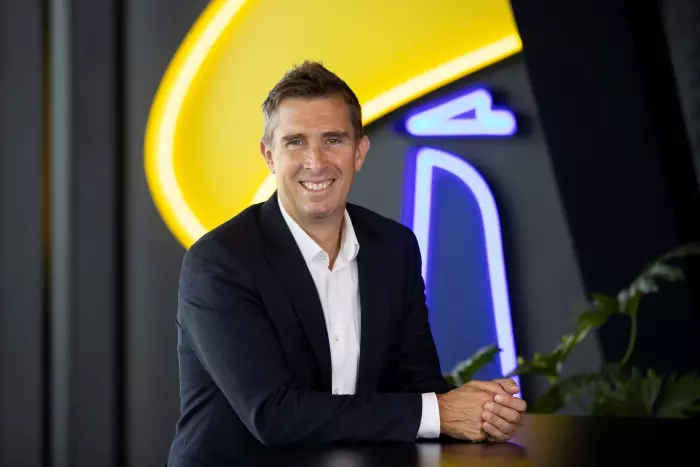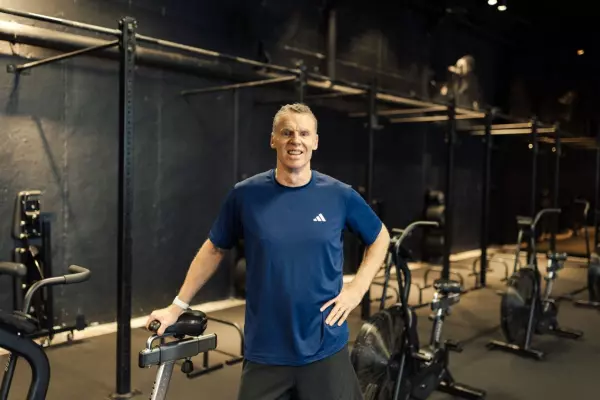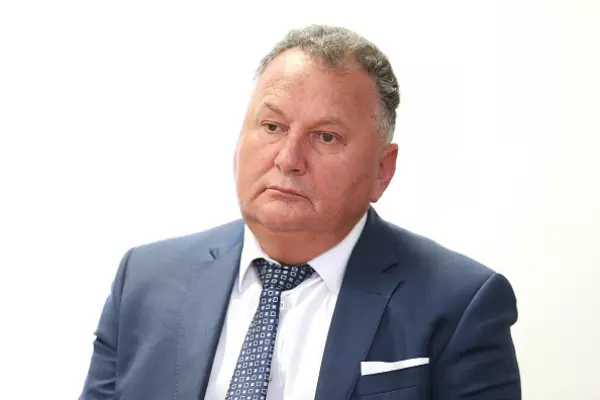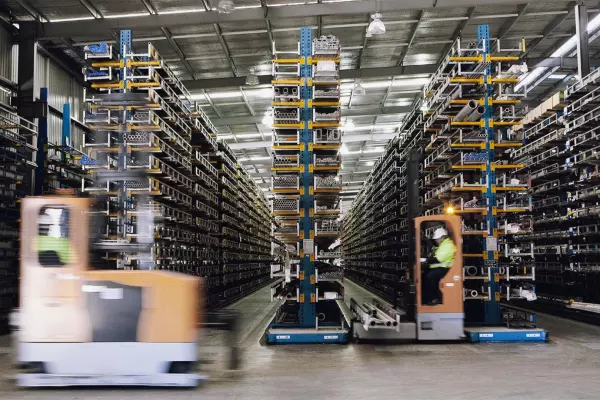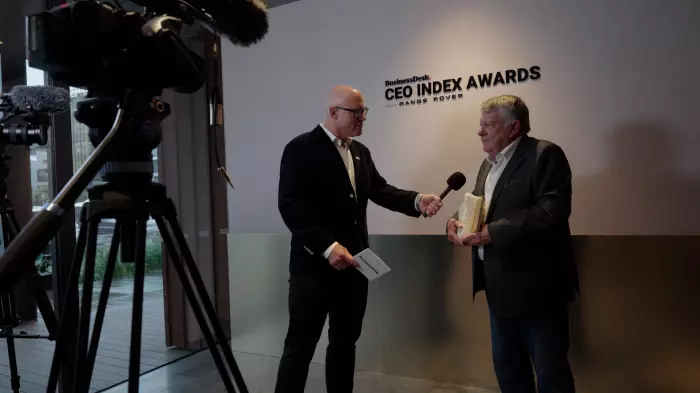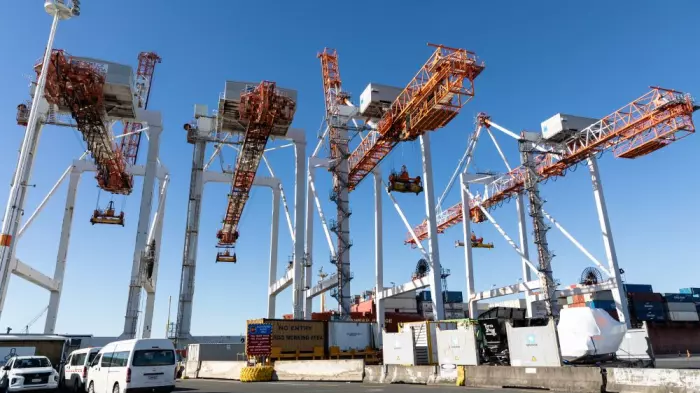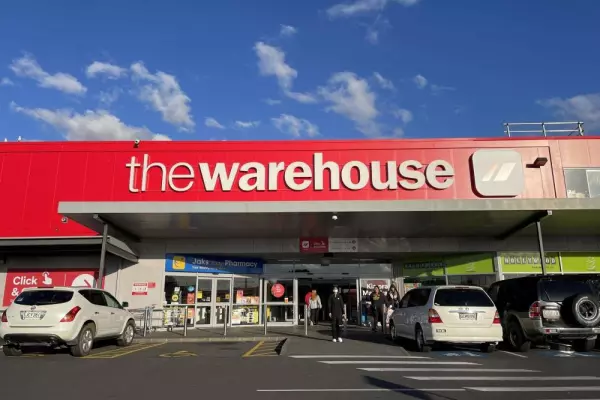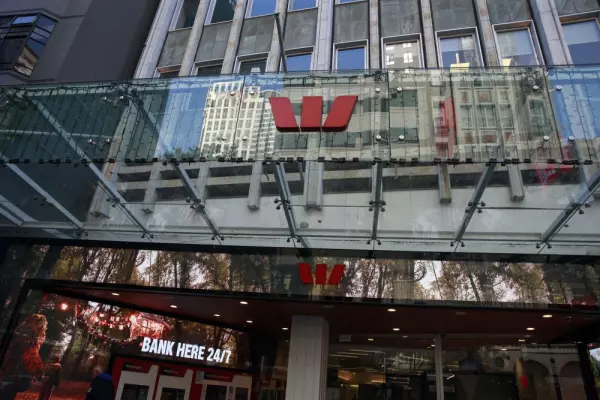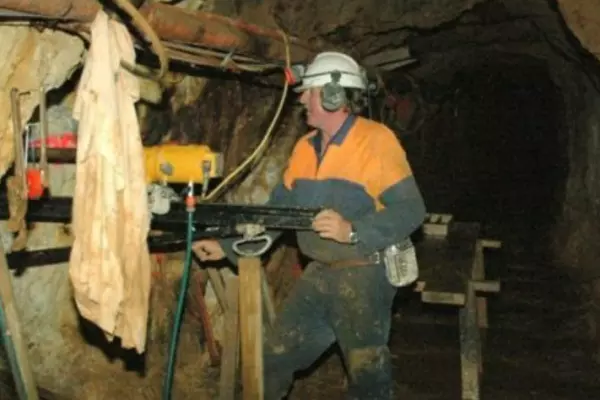A “range of potential climate-change scenarios” was weighing on Tower’s mind – and books – at the general insurer’s annual results briefing today.
“Climate change is the defining challenge of our lifetime,” chair Michael Stiassny told investors and analysts in Tower’s delayed conference call with investors and analysts.
“Proactively managing the risks posed by climate change is fundamental to protecting our customers’, our communities' and our shareholders’ interests,” he said.
This included the introduction of flood risk-based pricing and parametric insurance over the past year to “better inform” as well as prepare Tower’s customers – and business – for the future.
“Increasing the large event limit in our financial plans and Tower’s reinsurance programme also provide necessary protection from this volatility,” Stiassny said.
He added that in the coming financial year, Tower would be responding to the government’s new climate-related disclosures reporting regime by “beginning to share the risks and opportunities we anticipate from a range of potential climate change scenarios”.
Tower’s underlying net profit after tax, with the inclusion of large events, rose 31.2% to $27.3 million in the 12 months ended Sept 30, up from $20.8m on the previous year.
Excluding large events, the general insurer’s underlying net profit was $41m – up from $30.8m in 2021 – a 33% jump.
A year of resilience
Chief executive Blair Turnbull was full of cheer when he took over the call from Stiassny, describing the 2022 financial period results as a demonstration of the “resilience” of both Tower’s customers and digitally led strategy.
“We are continuing to grow, to drive down expenses and to innovate our customer experience,” he said.
Turnbull said Tower had planned for $20m of large events costs for the 2022 year, and these costs came in just under that at $19m – up from $13.9m net in 2021.
Reported profit was down 2% to $18.9m from $19.3m in the previous year, which had been impacted by the additional strengthening of the residual Canterbury earthquake provision and was also a result of new claims being valued more than the historic $100,000 EQC cap, the complexity of existing claims and inflation.
Chief financial officer Paul Johnston added that a contributing factor to the additional new over-cap claims was that the $100,000 cap wasn’t “inflation-adjusted” and the cost of the same repair was now higher.
“We will work with EQC to help mitigate these additional costs,” he said.
Gross written premiums jumped 13% from last year to $457m. He described the Pacific side of the business in the 2022 financial period as a “milestone year” as it had returned to growth after the challenges of covid, and gross written premiums grew by 8% to $58m.
Tower’s customer base had grown from 304,000 customers to 319,000 in the 2022 financial period and Turnbull said that its biggest customer base was in Auckland and the North Island.
On the inflation front, he said inflation impacted “all facets of our lives” including how far Tower’s insurance cover would stretch at claims time.
“Due to the sharp increase in inflation over the previous twelve months, in the 2022 financial year it became more expensive to repair and rebuild homes, and repair or replace cars and contents,” he said.
In the upcoming year, the company would focus on accelerating growth and innovation, dealing with claims, inflation and climate risk, and investing in its digital platform, he said.
The board declared a 4 cents per share final dividend, to be paid on Feb 1, and taking the annual return to 6.5 cents per share.
A nice reminder
Chief executive Blair Turnbull told BusinessDesk after the briefing that although climate change was a “problem of our generation” it was also a “nice reminder” that insurance was needed.
When questioned over whether Tower’s policy on coastal flooding would be changing as climate change intensified, Turnbull said that it was most important that the company shared “key information” about its risk profiles with its customer base.
“The key first step is that people actually understand how they're exposed to some of these events,” he said.
When it comes to the year ahead, both Turnbull and Johnston have a clear goal: continue the trajectory that Tower is currently on.
“The one thing is to continue this strong, robust, stable financial performance that we've seen this year,” Johnston said.
“So, continuing the trajectory of those figures and continue to be able to improve the dividend for shareholders with good returns.”
Will they be disappointed if they don’t succeed?
“Absolutely,” Johnston replied.
Tower’s share price had fallen 4.4% to 66 cents by early afternoon in light trading.


